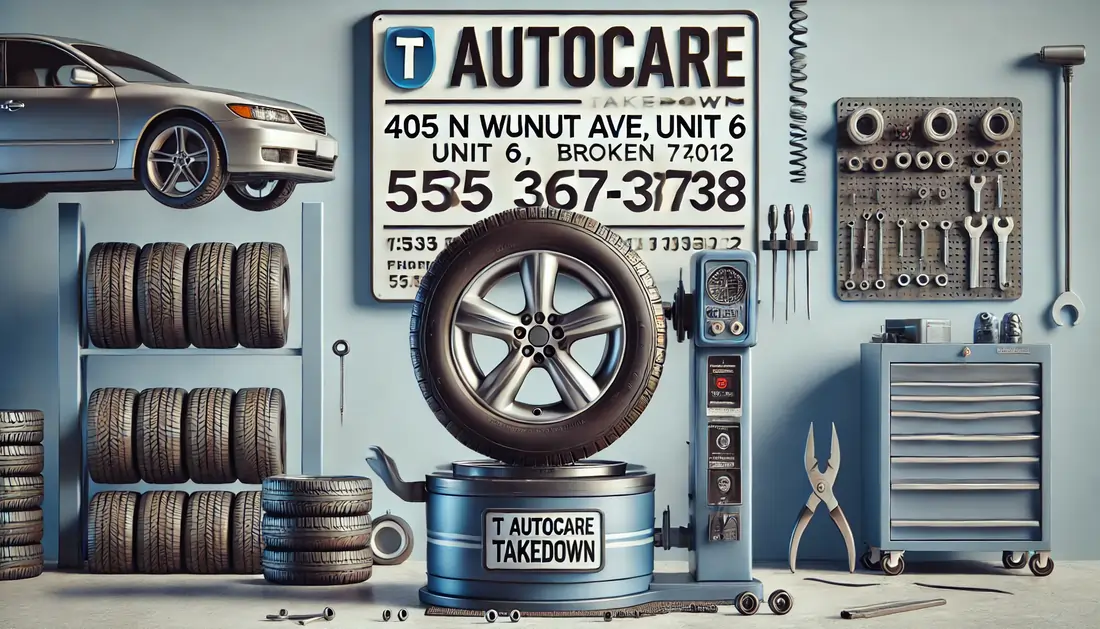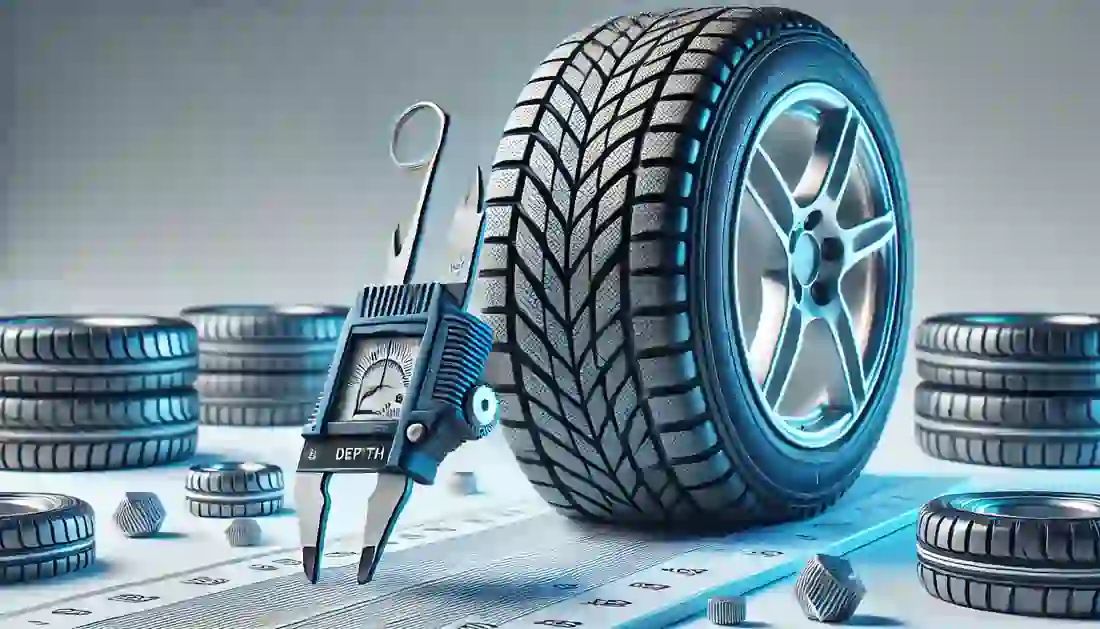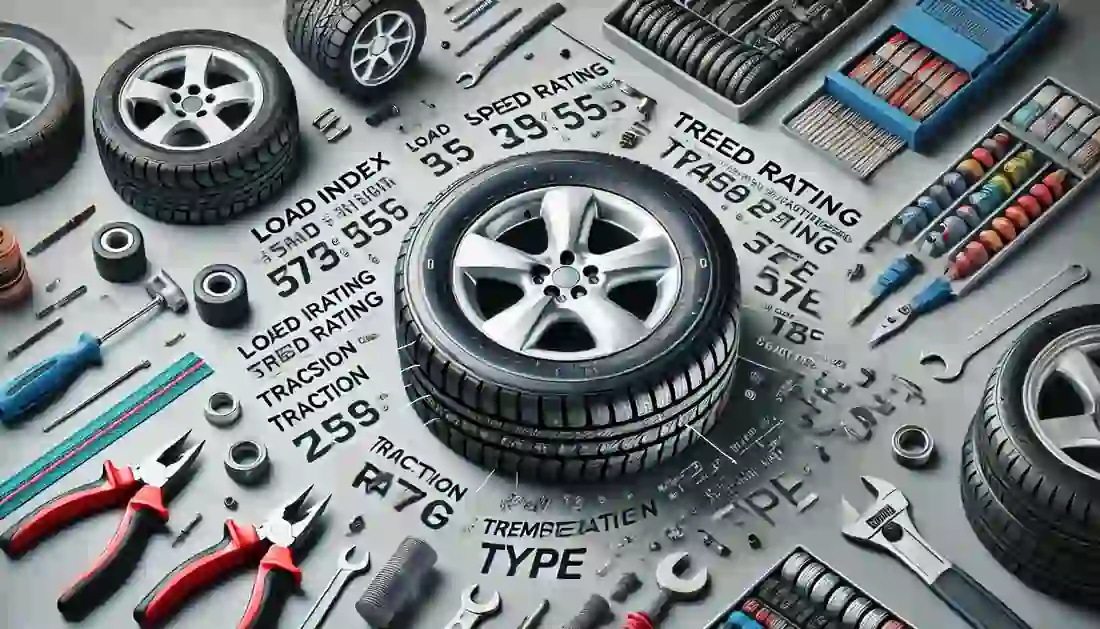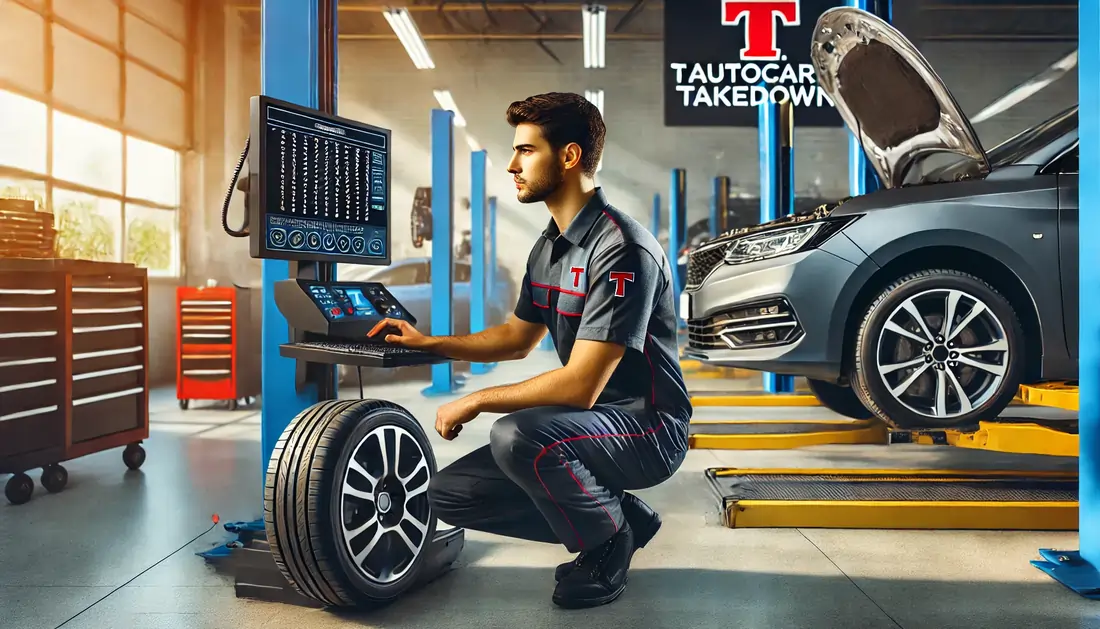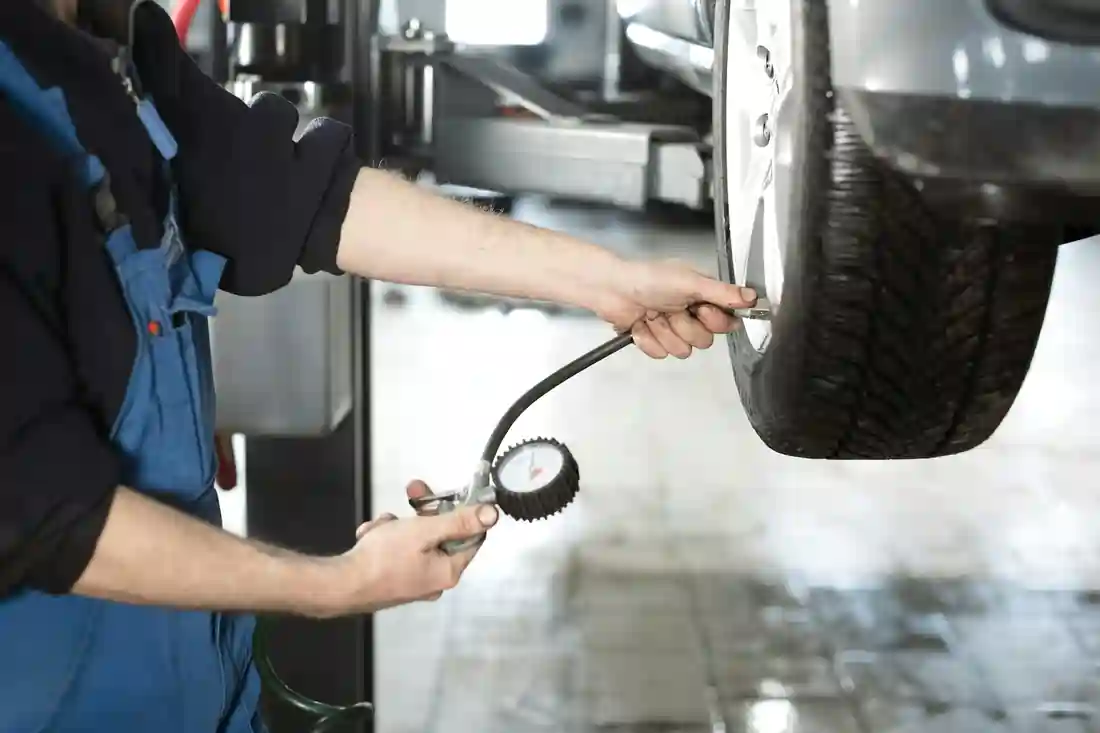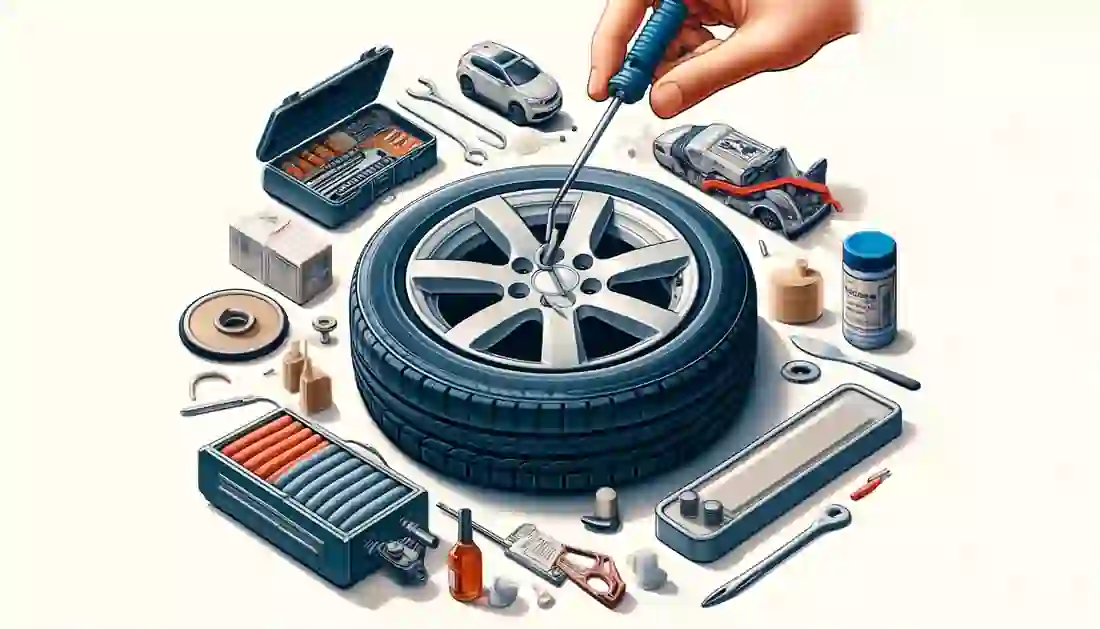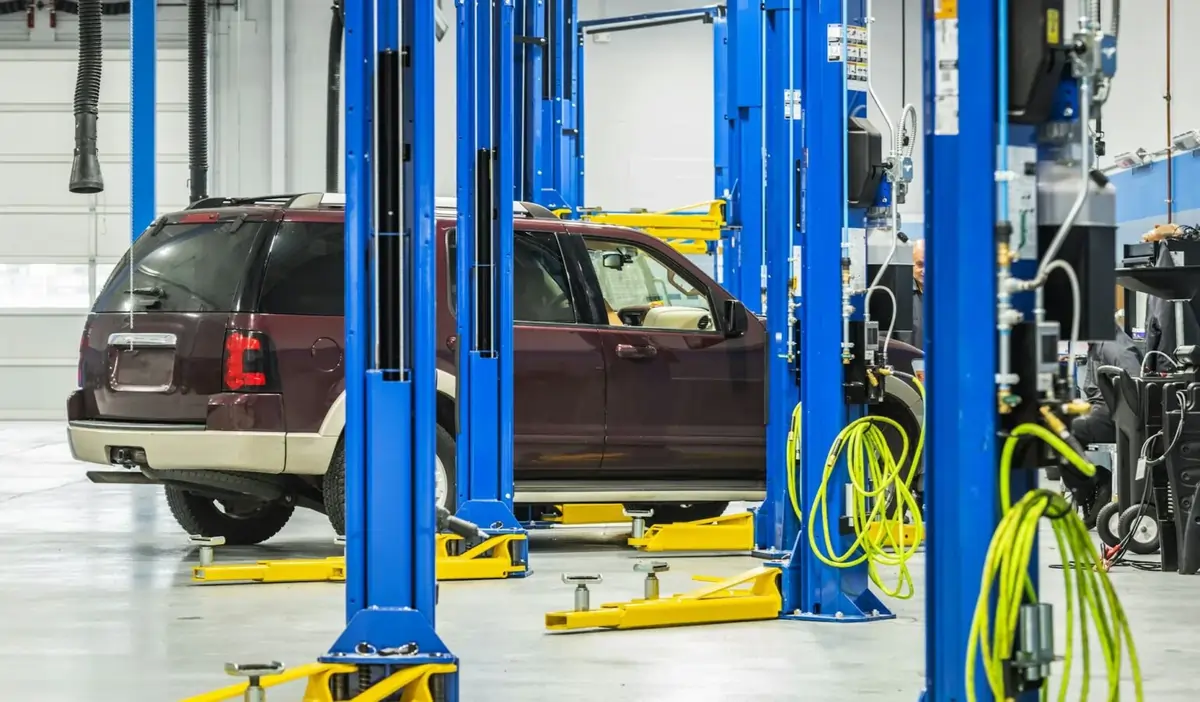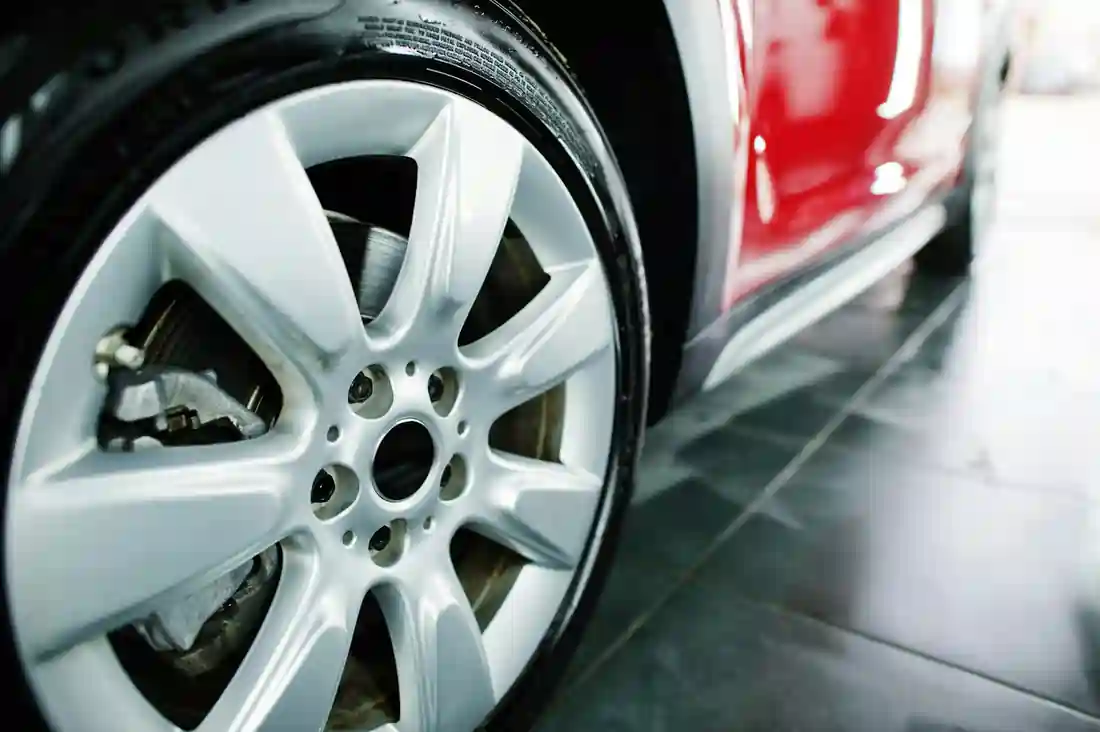How to Rotate Your Tires at Home
(And When to Call a Broken Arrow Mechanic)
Thinking about rotating your own tires?
You’re in the right place. In this guide, we’ll break down how to rotate your tires properly and why it matters.
Tire rotation is one of the easiest ways to extend the life of your tires — and yes, you can do it yourself with the right tools and some basic knowledge.
But if you’re short on time or not mechanically inclined, our team of certified mechanics in Broken Arrow is always here to help. We also inspect related components like brake pads and rotors, wheel bearings, and suspension parts while we’re at it — saving you time and catching problems early.
If you’re searching for a mechanic near me in Broken Arrow, our shop helps drivers across Aspen Creek, Rose District, and South Broken Arrow extend the life of their tires with proper rotation patterns and timely service.
Here’s what every local driver should know.
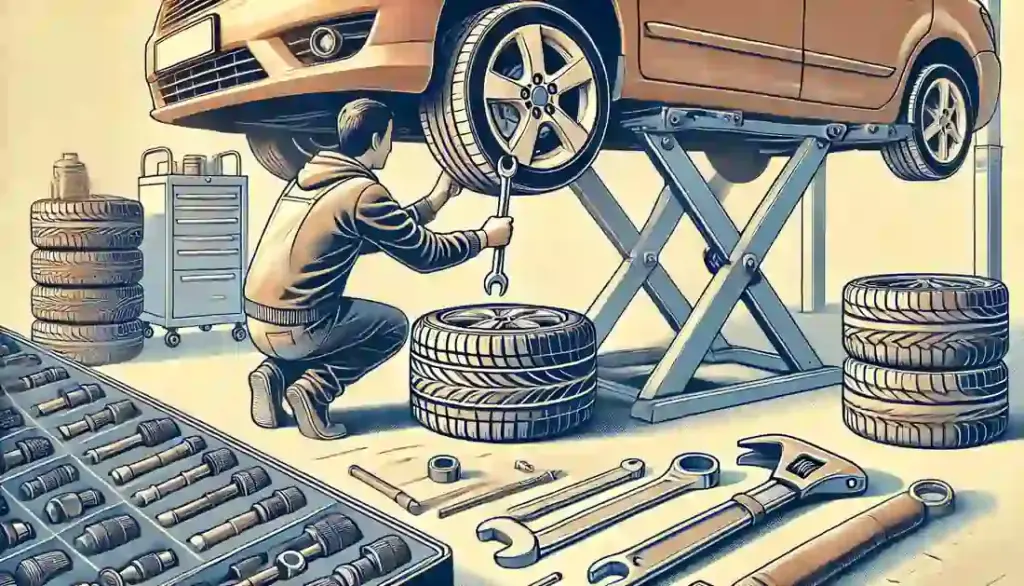
Rotating your tires involves moving them from one position to another to ensure even tire wear. Regular rotation helps maintain balanced handling and traction, prolongs tire life, and can save you money by preventing premature tire replacement.
Rotating your tires properly is essential for promoting even wear and extending the life of your tires. Regular tire maintenance can improve your vehicle’s handling and save you money in the long run. To make sure you’re prepared for this and other routine services, check out our guide on setting up a car maintenance budget. A well-planned budget can help you stay on top of vehicle care and avoid unexpected costs.
What is Tire Rotation?
Tire rotation is the practice of moving tires from one position on a vehicle to another to ensure even tire wear.
This process typically involves changing the front tires to the rear and vice versa, and sometimes crossing the tires from one side of the vehicle to the other.
By regularly rotating your tires, you distribute the wear more evenly, which helps to maintain consistent performance and extend the lifespan of the tires.
Different Types of Tire Rotation Patterns
- Forward Cross (Front-Wheel Drive):
- The front tires move to the rear on the same side.
- The rear tires cross to the opposite sides at the front.
- Example: LF (Left Front) to LR (Left Rear), RF (Right Front) to RR (Right Rear), LR to RF, RR to LF.
- X-Pattern (Front-Wheel Drive):
- All tires cross to the opposite corners.
- Example: LF to RR, RF to LR, LR to RF, RR to LF.
- Rearward Cross (Rear-Wheel Drive and 4WD/AWD):
- The rear tires move to the front on the same side.
- The front tires cross to the opposite sides at the rear.
- Example: LR to LF, RR to RF, LF to RR, RF to LR.
- Front-to-Rear (Directional Tires):
- Swap front and rear tires on the same side.
- Example: LF to LR, RF to RR, LR to LF, RR to RF.
- Directional tires are designed to roll in one direction, so they must stay on the same side of the vehicle.
- Side-to-Side (Non-Directional Tires):
- Switch tires from one side of the vehicle to the other.
- Example: LF to RF, RF to LF, LR to RR, RR to LR.
- This pattern is less common but can be used for specific tire wear patterns.
DIY vs. Professional Tire Rotation – What’s Best?
While tire rotation is definitely something many DIYers can handle, it’s not always the right choice for everyone. If you’re unsure about how to safely lift your vehicle, torque your lug nuts properly, or spot signs of suspension wear, it’s better to let a trained mechanic handle it.
At T Autocare Takedown in Broken Arrow, we don’t just rotate your tires — we inspect the parts that directly affect tire wear, ride quality, and safety.
Here’s what we look for during every tire rotation service:
Ball Joint Replacement
Loose or worn ball joints can cause clunking noises, uneven tire wear, and poor handling. Our Broken Arrow mechanics inspect and replace faulty ball joints to keep your suspension geometry aligned.
Control Arm Replacement
Control arms are essential for keeping your tires planted and aligned. If your car pulls to one side or your tires wear unevenly, a bad control arm might be to blame. We provide professional control arm replacement in Broken Arrow and surrounding areas.
Tie Rod End Replacement
Loose tie rods affect steering precision and cause irregular tire wear. If your steering feels vague or you hear knocking sounds during turns, let us check it out. We offer expert tie rod replacement near 71st & Aspen and throughout Broken Arrow.
Shock and Strut Replacement
Worn shocks and struts won’t just ruin your ride quality — they’ll also cause tires to wear unevenly and bounce excessively. We help Broken Arrow drivers get their suspension back in shape by doing strut replacements with honest, professional service.
Brake Pad & Rotor Replacement
If your brake pads are thin or your rotors are grooved, it’s best to catch it during a tire rotation while the wheels are off. We perform complete brake repair in Broken Arrow, including pad and rotor replacement, fluid flushes, and full system inspections.
Wheel Bearing Replacement
A humming noise or vibration could be a failing wheel bearing. Left unchecked, it can ruin your tires and create a safety hazard. We offer wheel bearing replacement in Broken Arrow with a quick turnaround and honest diagnostics.
Whether you’re a DIYer or just want it done right, our local mechanics are here to help. We’re proud to serve drivers across Broken Arrow, Coweta, New Tulsa, and Bixby with tire rotations and comprehensive suspension inspections.
Tools and Materials Needed
Once you have decided on the type of rotation pattern that is suitable for your vehicle, you are ready to get started. Here are the tools you will need:
- Car jack
- Jack stands
- Lug wrench
- Tire pressure gauge
- Owner’s manual (for specific rotation patterns and torque specifications)
Step-by-Step Guide to Rotating Your Tires
Prepare Your Vehicle:
- Park on a flat, level surface and engage the parking brake.
- Place wheel chocks behind the tires to prevent rolling.
Loosen the Lug Nuts:
Use a lug wrench to loosen the lug nuts on all four tires. Do not remove them completely; just break the initial resistance.
Lift the Vehicle:
Using a car jack, lift the vehicle at the recommended lift points (refer to your owner’s manual). Place jack stands under the vehicle to secure it.
Remove the Tires:
Fully remove the lug nuts and take off the tires. Mark the position of each tire (e.g., LF for left front, RR for right rear) to keep track of their original location.
Rotate the Tires:
Follow the appropriate rotation pattern for your vehicle:
- Front-Wheel Drive (FWD): Move the front tires straight to the back, and cross the rear tires to the front.
- Rear-Wheel Drive (RWD) or Four-Wheel Drive (4WD): Move the rear tires straight to the front, and cross the front tires to the back.
- Directional Tires: Swap front and rear tires on the same side (i.e., left front to left rear, right front to right rear).
Inspect the Brakes and Suspension:
With the tires off, take the opportunity to check your brakes and suspension components for any signs of wear or damage.
Reinstall the Tires:
Place the tires in their new positions. Hand-tighten the lug nuts to ensure the wheels are seated properly.
Lower the Vehicle:
Carefully lower the vehicle back to the ground using the jack. Remove the jack stands and fully tighten the lug nuts in a star pattern to the manufacturer’s torque specifications.
Check Tire Pressure:
Use a tire pressure gauge to check and adjust the tire pressure as needed. Proper inflation is crucial for even tire wear and optimal performance.
Tips for Effective Tire Rotation
- Regular Schedule: Rotate your tires every 5,000 to 8,000 miles or as recommended by your vehicle manufacturer.
- Balance and Alignment: Consider getting your tires balanced and aligned during rotation to ensure smooth driving and prevent uneven wear.
- Professional Inspection: If you’re unsure about any part of the process, it’s best to consult with a professional mechanic.
When to Rotate Your Tires in Broken Arrow
Tire rotation isn’t just about mileage — it’s also about the roads you drive on and how you drive. In the Broken Arrow and Tulsa area, our roads are a mix of decent stretches and rough patches. Between freezing winters, scorching summers, and the occasional ice storm, potholes form quickly — especially after major weather shifts.
While highways like the Creek Turnpike or Broken Arrow Expressway are generally smoother, many surface streets are worn down from constant semi-truck traffic, uneven patches, and poor maintenance. These road conditions can cause uneven tire wear, especially on the front tires.
We also see a lot of stop-and-go driving around town — near shopping centers, schools, and neighborhoods like the Rose District and Aspen Creek. This kind of driving leads to harder braking and acceleration, which puts extra pressure on specific tires and wears them out faster.
That’s why it’s a good idea to rotate your tires every 5,000 to 6,000 miles — or whenever you come in for an oil change. If you’re noticing one side wearing faster than the other, it may be time to let one of our mechanics take a look.
Local Expertise You Can Trust
Proper tire rotation is a vital part of car maintenance that helps ensure your vehicle’s safety and performance. By following these steps, you can maximize the lifespan of your tires and maintain optimal driving conditions.
At our Broken Arrow shop, we don’t just rotate tires—we look for signs of suspension wear, uneven tire pressure, and brake issues. Our certified mechanics know how Oklahoma roads affect tire performance, especially in areas like Wedgewood, Country Aire, and Hickory Grove, where potholes and uneven roads are common.
Want a second opinion from a mechanic who actually takes the time to explain things? Give us a call today at (539) 367-3738 or check out our full list of services.
Regular tire maintenance, including rotation, is crucial for safe driving. When you’re in need of expert care, trust T Autocare Takedown for all your auto repair and maintenance needs in Broken Arrow.
Need Your Tires Rotated in Broken Arrow?
Call or text our shop today! We’ll rotate your tires the right way and check for issues other shops overlook.
- Address: 1501 W Detroit St, Broken Arrow, OK 74012
- Phone: (539) 367-3738
- Text: (539) 352-5816
- Located near 71st & Aspen – serving Broken Arrow, Coweta, and Bixby.



